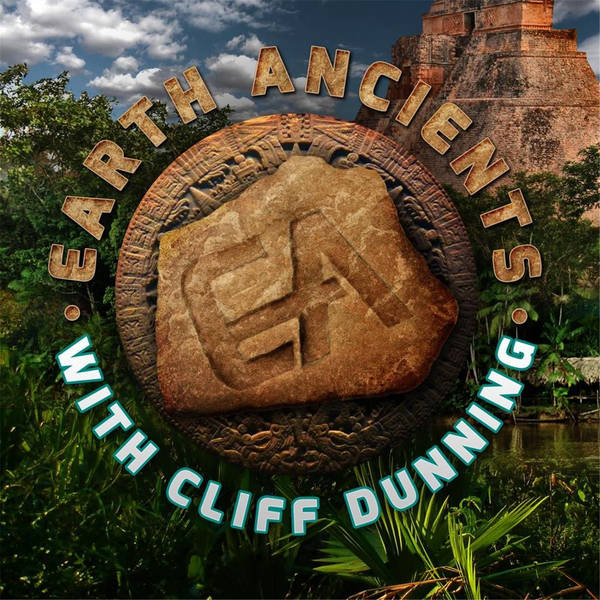
Dr. Edwin Barnhart: Angkor Wat, The Khmer and Uncovering the Zenith Passage
What is the Solar Zenith Passage?
Zenith is the highest point in the sky, directly overhead no matter where one stands.
Solar zenith passage is the moment when the Sun passes through that very highest point
in the sky. Shadows cast directly down at that moment and a perfectly straight stick
planted in the ground, referred to as a gnomon, will cast no shadow at all. Conceptually
zenith passage happens at noon, when the Sun crosses from the eastern to the western
half of the sky, but the actual moment varies slightly by how far off a time zone line one
stands and by daylight savings hour changes. Take away the western notion of a clock,
and zenith passage occurs during the noon-day sun.
Zenith passage does not occur everywhere on Earth. In fact, it can only happen in the
tropics. The tropics are defined by the longitudinal lines of the Tropics of Cancer and
Capricorn, 23.5° N and 23.5° S respectively (Map 1). Above or below the tropics, the
sun’s east to west daily passage occurs at such a steep angle that it can never cross
directly overhead. Thus, only those who live in the tropics can experience a zenith
passage.
The important moments of the Sun’s annual passage through the sky are commonly
recognized as summer solstice, winter solstice, and the two equinoxes, spring and fall.
Everywhere on Earth, these events take place on the same four days of the year (give or
take a day depending on the leap year cycle) - March 21, June 21, September 21, and
December 21. Winter solstice is the shortest day of the year, when the Sun makes its
shortest trip through the sky. Summer solstice is the longest day of the year. The
equinoxes are days when day and night are equal lengths of time and during which the
Sun rises up from due east and sets due west.
Maya Exploration Center Director Dr. Ed Barnhart has almost three decades of experience as an archaeologist, an explorer and an instructor. He is a Fellow of the Explorers Club, has published many papers, and appeared in over a dozen documentaries about ancient civilizations. His involvement in Maya studies began in 1990 as an archaeological intern in the ruins of Copan, Honduras. In January of 1996 he was invited to return to Copan and help the University of Pennsylvania excavate the early acropolis and the tomb of the city's lineage founder.
Become a supporter of this podcast: https://www.spreaker.com/podcast/earth-ancients--2790919/support.
Zenith is the highest point in the sky, directly overhead no matter where one stands.
Solar zenith passage is the moment when the Sun passes through that very highest point
in the sky. Shadows cast directly down at that moment and a perfectly straight stick
planted in the ground, referred to as a gnomon, will cast no shadow at all. Conceptually
zenith passage happens at noon, when the Sun crosses from the eastern to the western
half of the sky, but the actual moment varies slightly by how far off a time zone line one
stands and by daylight savings hour changes. Take away the western notion of a clock,
and zenith passage occurs during the noon-day sun.
Zenith passage does not occur everywhere on Earth. In fact, it can only happen in the
tropics. The tropics are defined by the longitudinal lines of the Tropics of Cancer and
Capricorn, 23.5° N and 23.5° S respectively (Map 1). Above or below the tropics, the
sun’s east to west daily passage occurs at such a steep angle that it can never cross
directly overhead. Thus, only those who live in the tropics can experience a zenith
passage.
The important moments of the Sun’s annual passage through the sky are commonly
recognized as summer solstice, winter solstice, and the two equinoxes, spring and fall.
Everywhere on Earth, these events take place on the same four days of the year (give or
take a day depending on the leap year cycle) - March 21, June 21, September 21, and
December 21. Winter solstice is the shortest day of the year, when the Sun makes its
shortest trip through the sky. Summer solstice is the longest day of the year. The
equinoxes are days when day and night are equal lengths of time and during which the
Sun rises up from due east and sets due west.
Maya Exploration Center Director Dr. Ed Barnhart has almost three decades of experience as an archaeologist, an explorer and an instructor. He is a Fellow of the Explorers Club, has published many papers, and appeared in over a dozen documentaries about ancient civilizations. His involvement in Maya studies began in 1990 as an archaeological intern in the ruins of Copan, Honduras. In January of 1996 he was invited to return to Copan and help the University of Pennsylvania excavate the early acropolis and the tomb of the city's lineage founder.
Become a supporter of this podcast: https://www.spreaker.com/podcast/earth-ancients--2790919/support.
